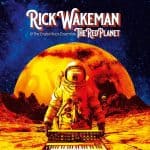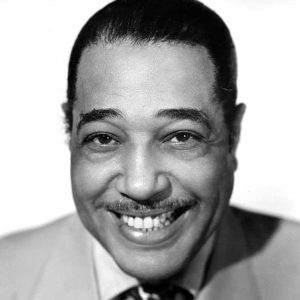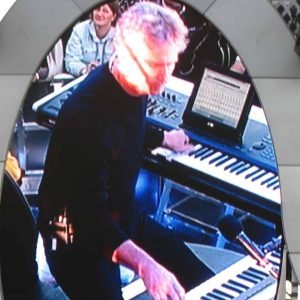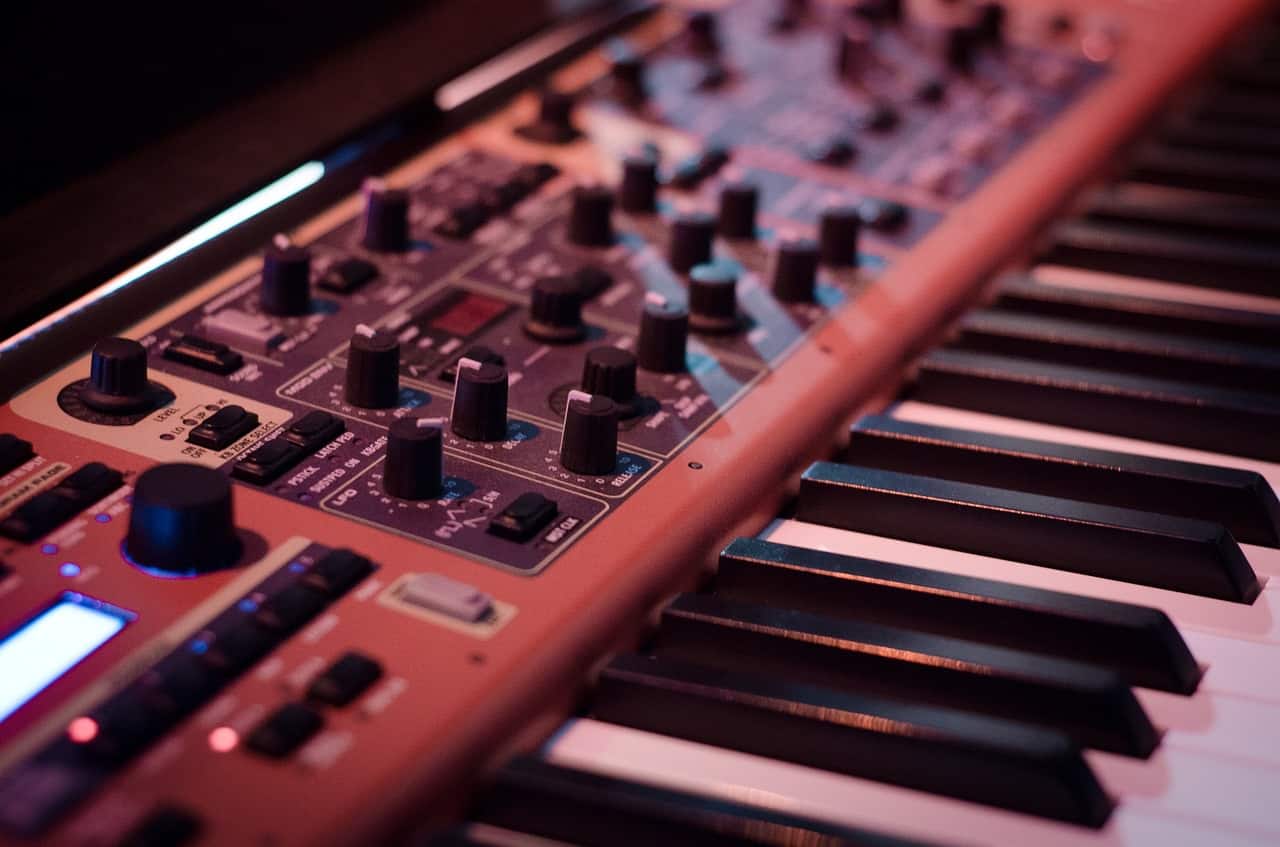
Keyboard/Synth
Keyboard/Synth reviews, articles, and tips for beginners and beyond
In this series...
History
The synthesisers of modern times have evolved from early experiments connecting electricity and sound, which took place in the late 19th century.
Decades of innovation led to the RCA Mark II Sound Synthesiser, which was built at Bell Laboratories by Herbert Belar and Harry Olson in the early 1950s.
Ten years later Robert A. Moog brought synthesisers to the mass market, with the introduction of a Piano-style keyboard to control the instrument.
Keyboard/Synth Specs
The number of keys on a synthesiser can range from 0 to 88. Different models can have all manner of controls to manipulate the sound, including faders, knobs and ribbon controllers.
How To Play
A Synthesiser is played in a similar manner to the Piano, but the player will often only have one hand on the keyboard, with the other hand adjusting the various controls to change the sound the instrument is making.
The player can also operate a number of pedals at the base of the instrument, the most common being a sustain pedal, which allows the sound to continue after the hands have been taken off the keys.
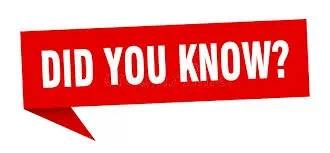
Some Synthesisers are so large that they take up a whole room!
The most well-known of these is the TONTO Synthesiser, which has been used on albums by many famous musicians, including Stevie Wonder.
Keyboard/Synth Music
Discover...
Keyboard/Synth
Get the 4 Things I’ve Been Loving, Using and Reviewing
Every Friday, I distribute a unique email showcasing the four most amazing things I’ve reviewed or used that week.
The e-mail really could be about anything at all; books, audio, gadgets, playing techniques – as long as it’s entertaining and interesting, it’ll end up on the mail!
These ‘4-Feature Friday‘ emails are only accessible for those who sign up below – so what are you waiting for?
Read the next post in this series:







